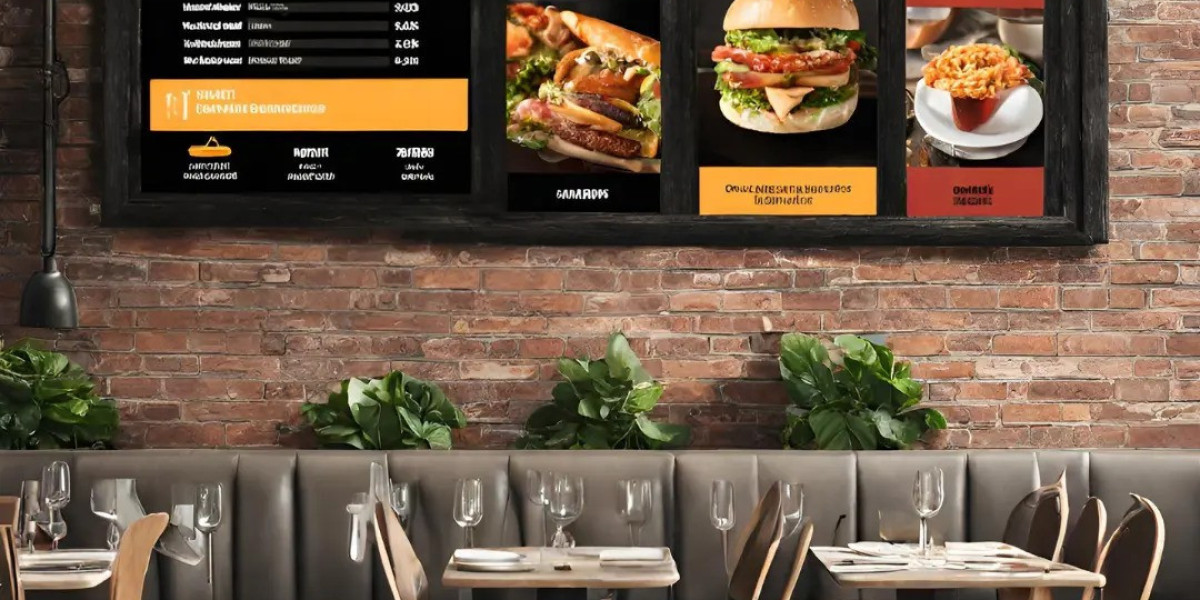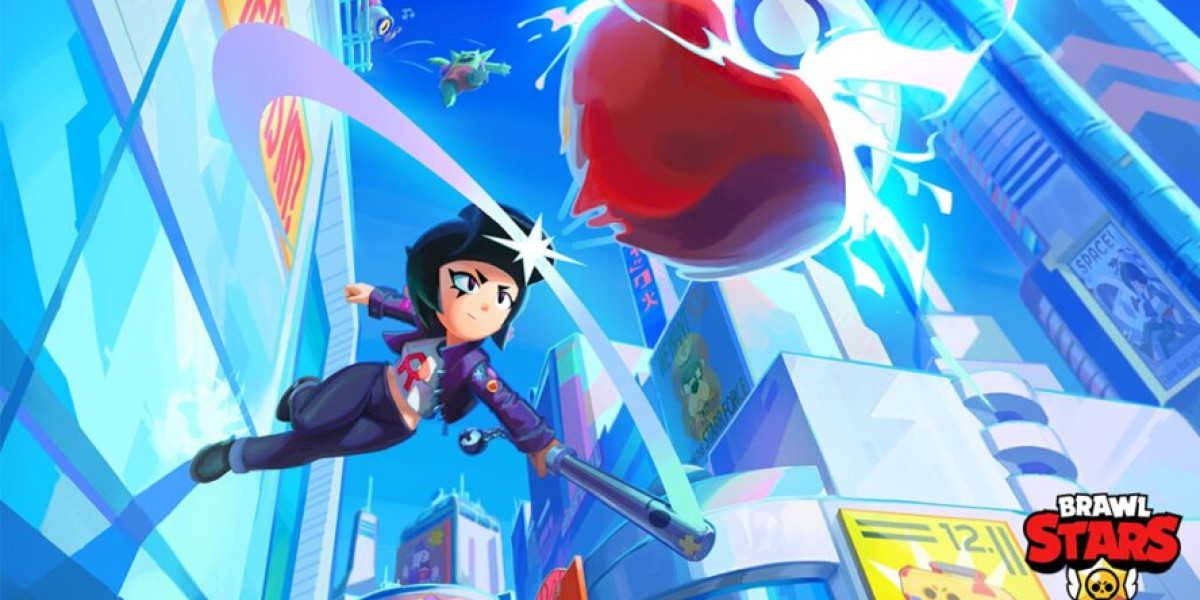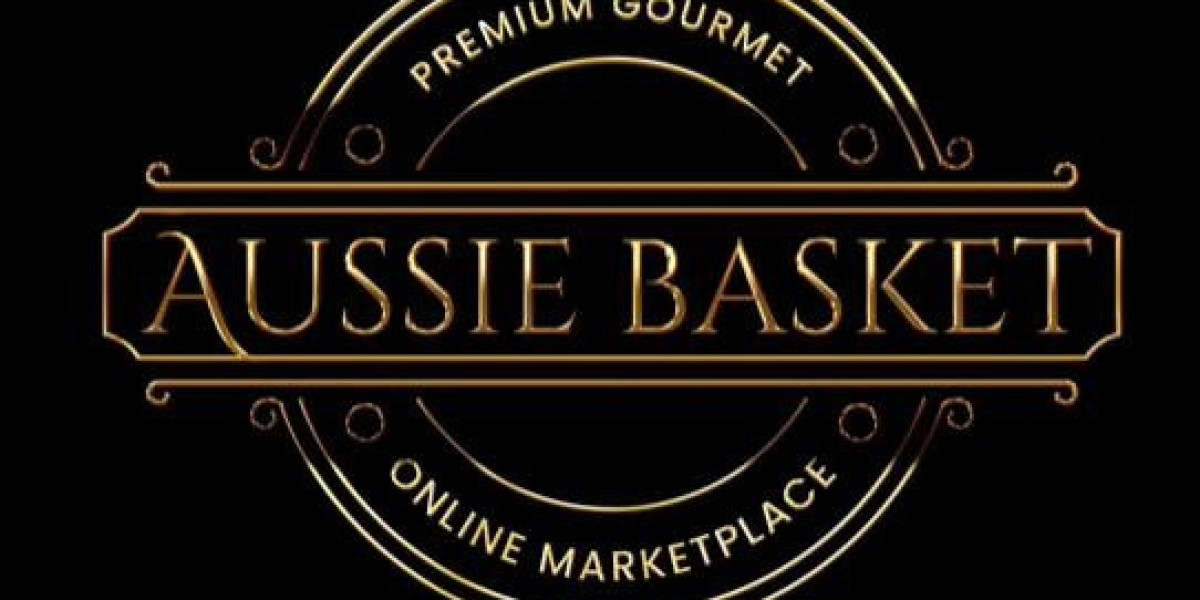In today's digital age, static, paper menus are becoming a thing of the past. Restaurants are increasingly adopting TV menus, which offer dynamic, engaging, and customizable displays to attract and inform customers. However, simply installing a TV menu is not enough. The content displayed needs to be captivating, informative, and aligned with the restaurant's brand. Here's an ultimate guide to creating engaging content for restaurant TV menus.
1. Understand Your Audience
Before diving into the design and content creation, it's crucial to understand your target audience. Are your customers primarily families, young professionals, tourists, or students? Each demographic has different preferences and expectations. Tailoring your content to meet their needs will make your TV menu more appealing and effective. For instance, a family-oriented restaurant might focus on vibrant colors and fun animations, while a fine-dining establishment might opt for a more sophisticated and minimalist design.
2. High-Quality Visuals
Visual appeal is paramount. High-resolution images and videos of your dishes can make a significant impact. Invest in professional photography to showcase your menu items in the best light. Ensure that the images are not only appetizing but also true to the actual dish to avoid misleading customers. Additionally, using videos can further enhance the appeal. Short clips of food being prepared, sizzling on a grill, or being plated can create a sensory experience that static images cannot.
3. Clear and Concise Text
While visuals are important, text plays a crucial role in communicating essential information. Keep the text clear, concise, and easy to read from a distance. Use legible fonts and appropriate font sizes. Avoid cluttering the screen with too much information. Instead, focus on key details such as dish names, prices, and short descriptions. Highlight special offers, new items, or chef's recommendations to draw attention.
4. Dynamic Content
One of the main advantages of TV menus is the ability to display dynamic content. Utilize this feature to keep the content fresh and engaging. Rotate through different sections of the menu, showcase daily specials, or promote upcoming events. Dynamic content can also include real-time updates, such as wait times, weather conditions, or social media feeds. This not only keeps customers engaged but also provides useful information.
5. Branding and Theme Consistency
Your TV menu should be an extension of your restaurant's brand. Maintain consistency in colors, fonts, and overall theme with your physical menu, website, and other marketing materials. This creates a cohesive brand identity that reinforces your restaurant's image. Use your logo and brand colors strategically to create a sense of familiarity and trust among your customers.
6. Interactive Elements
Interactive elements can significantly enhance the engagement level of your TV menus. Touchscreen menus allow customers to browse through different sections, view detailed descriptions, or customize their orders. This not only improves the customer experience but also reduces the pressure on staff during busy hours. Additionally, integrating QR codes can provide a seamless transition between the physical and digital world. Customers can scan the codes to access nutritional information, place orders, or share their dining experience on social media.
7. Special Promotions and Upselling
TV menus are excellent tools for promoting special offers and upselling. Highlighting limited-time offers, combo deals, or seasonal specials can entice customers to try new items or spend more. Use enticing visuals and persuasive language to emphasize the value and appeal of these promotions. Additionally, suggest complementary items or upgrades to encourage upselling. For instance, a “Make it a combo!” message alongside a burger can prompt customers to add fries and a drink to their order.
8. Regular Updates
Keeping the content up-to-date is essential for maintaining customer interest and trust. Regularly update the menu to reflect changes in items, prices, and promotions. Seasonal changes and new introductions should be highlighted to keep the menu exciting. Outdated information can lead to customer dissatisfaction and a negative dining experience. Utilize scheduling features of digital signage software to automate updates and ensure that the content remains relevant.
9. Customer Feedback and Analytics
Leverage the power of customer feedback and analytics to refine your TV menu content. Encourage customers to share their feedback through surveys, social media, or review platforms. Analyze the data to identify popular items, peak times, and customer preferences. Use these insights to tailor your content and promotions more effectively. For example, if a particular dish is highly popular, consider featuring it more prominently on the menu or offering it as a special.
10. Compliance with Regulations
Ensure that your TV menu content complies with local regulations regarding food labelling and advertising. This includes displaying accurate nutritional information, allergen warnings, and adhering to advertising standards. Compliance not only helps in avoiding legal issues but also builds trust with your customers, showing that you prioritize their health and safety.
Conclusion
Creating engaging content for restaurant TV menus involves a blend of creativity, strategic thinking, and regular updates. By understanding your audience, using high-quality visuals, maintaining brand consistency, and leveraging dynamic and interactive elements, you can create a compelling and effective TV menu. Remember to regularly update the content and utilize customer feedback to continuously improve the dining experience. In the competitive restaurant industry, a well-designed TV menu can be a significant differentiator, enhancing customer satisfaction and driving business growth. If you need more information about digital signage software visit now.








